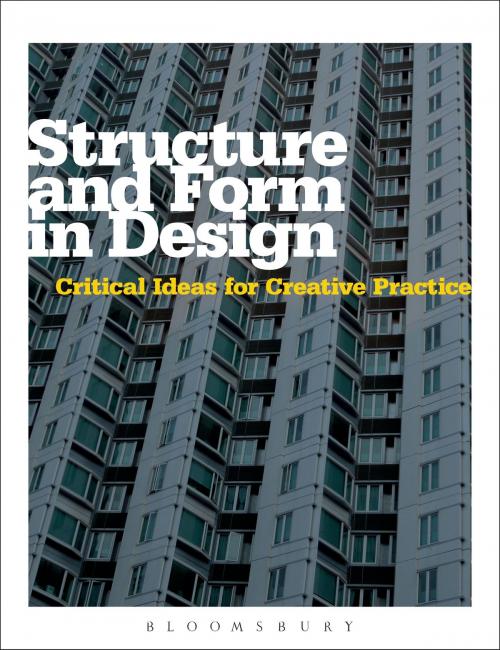Structure and Form in Design
Critical Ideas for Creative Practice
Nonfiction, Art & Architecture, Graphic Art & Design, Science & Nature, Technology, Industrial Design, General Art, General Design| Author: | Michael Hann | ISBN: | 9780857854650 |
| Publisher: | Bloomsbury Publishing | Publication: | August 1, 2013 |
| Imprint: | Bloomsbury Academic | Language: | English |
| Author: | Michael Hann |
| ISBN: | 9780857854650 |
| Publisher: | Bloomsbury Publishing |
| Publication: | August 1, 2013 |
| Imprint: | Bloomsbury Academic |
| Language: | English |
This book provides a critical examination of structure and form in design, covering a range of topics of great value to students and practitioners engaged in any of the specialist decorative arts and design disciplines. The complexities of two-dimensional phenomena are explained and illustrated in detail, while various three-dimensional forms are also discussed.
In the context of the decorative arts and design, structure is the underlying framework, and form the resultant, visible, two- or three-dimensional outcome of the creative process. Whether hidden or visually detectable in the final design, structure invariably determines whether or not a design is successful in terms of both its aesthetics and its practical performance.
Hann successfully identifies various geometric concepts, and presents and discusses a number of simple guidelines to assist the creative endeavours of both accomplished and student practitioners, teachers and researchers.
This book provides a critical examination of structure and form in design, covering a range of topics of great value to students and practitioners engaged in any of the specialist decorative arts and design disciplines. The complexities of two-dimensional phenomena are explained and illustrated in detail, while various three-dimensional forms are also discussed.
In the context of the decorative arts and design, structure is the underlying framework, and form the resultant, visible, two- or three-dimensional outcome of the creative process. Whether hidden or visually detectable in the final design, structure invariably determines whether or not a design is successful in terms of both its aesthetics and its practical performance.
Hann successfully identifies various geometric concepts, and presents and discusses a number of simple guidelines to assist the creative endeavours of both accomplished and student practitioners, teachers and researchers.















